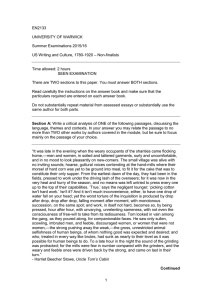Lucy Sprague Mitchell
advertisement
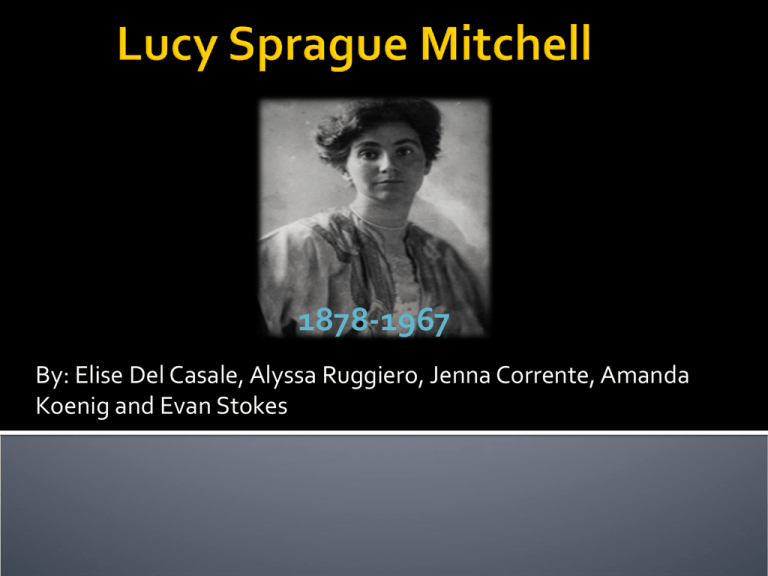
1878-1967 By: Elise Del Casale, Alyssa Ruggiero, Jenna Corrente, Amanda Koenig and Evan Stokes Mitchell studied at Teachers College studying theories from John Dewey and Edward Thorndike. Mitchell’s life work illustrated the influence of an enlightened philosophy combined with a research-based practice. “Children should be seen and not heard”, a common belief of her time, but strongly rejected by Lucy Sprague Mitchell. Focused her work on improving the lives of children through school reform. In 1916, launched the Bureau of Educational Experiments (B.E.E.) to teach teachers and conduct research. The goals of the experiments include: Focus on child development rather than learning specific curriculum. Take a whole-child approach to learning and development. Observe how children’s development is stimulated by experience and activities. Focus on scientific measurement of stages of development and establishing norms. October of 1930, Mitchell expanded the Bureau of Educational Experiences by adding a teacher training school. The idea was to educate the "whole teacher" in order to develop the "whole child." When the Bureau relocated it became Bank Street College. Bank Street Developmental Interaction Approach stresses that optimal education is gained by children’s direct and rich interactions with a variety of materials, ideas and people in their environment. Mitchell’s ideas about children were called the Bank Street Approach and were about their experiences in the “here and now”, which widened their horizons. Mitchell was a great children’s writer and wrote a series of books. She created a workshop at Bank Street in 1937 These books helped authors understand children’s interests, therefore the books they wrote are more enjoyable for children. Before Mitchell passed away she saw the Bank Street Approach being used as a model for the head start program.
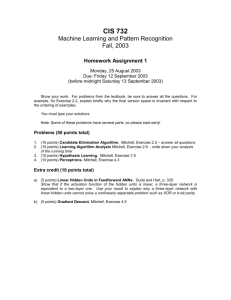

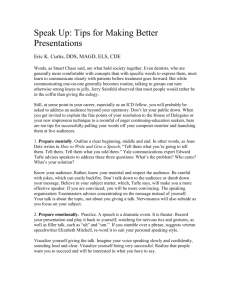
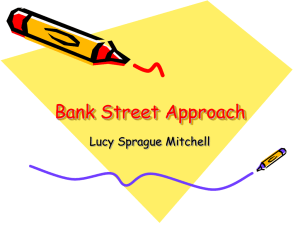
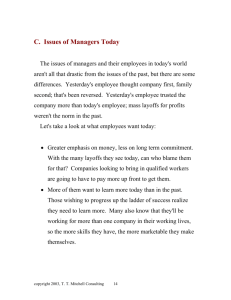

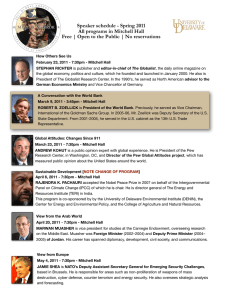
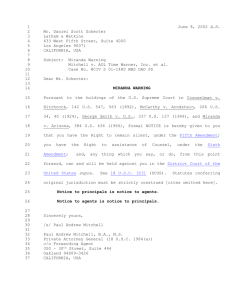
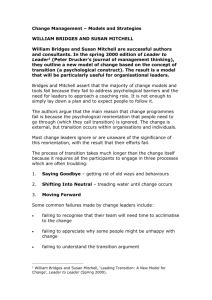
![Summer Reading: [All books are the unabridged versions] Class](http://s3.studylib.net/store/data/006936044_1-f6368b3af66ab917fa4697494ea2bdf7-300x300.png)

